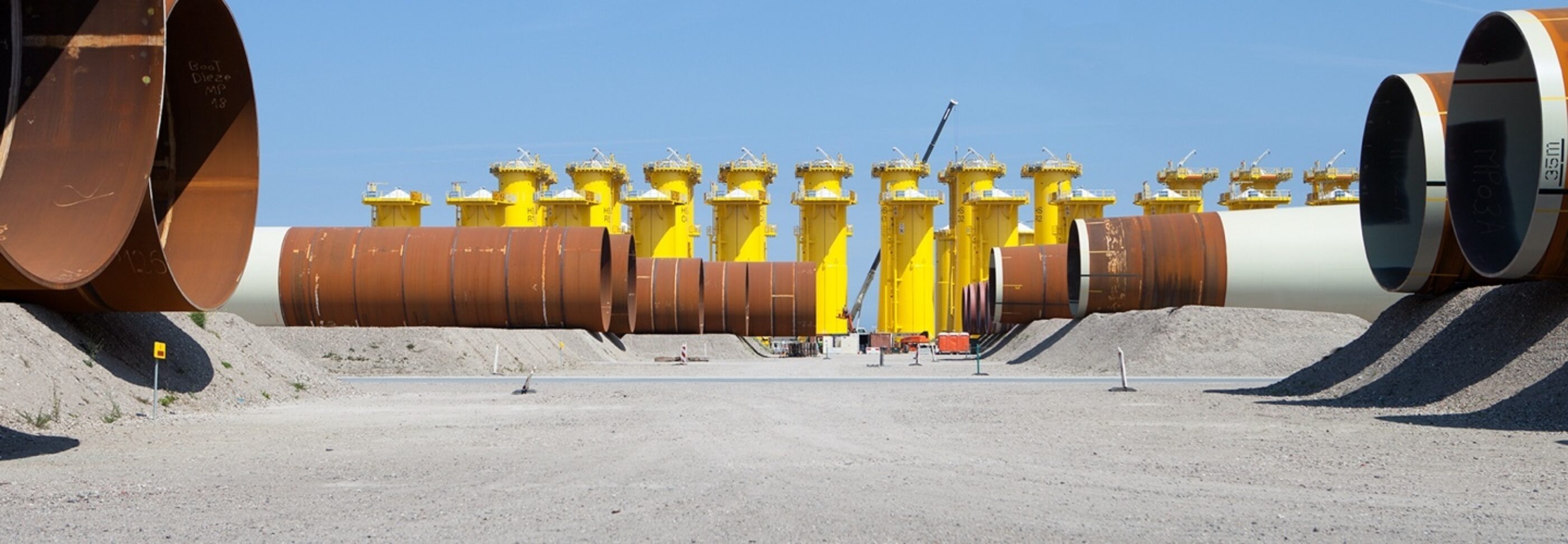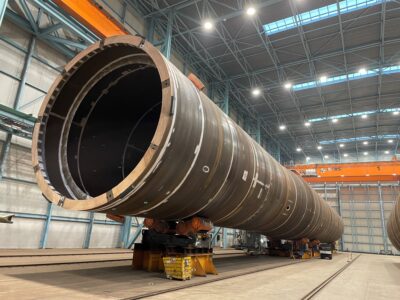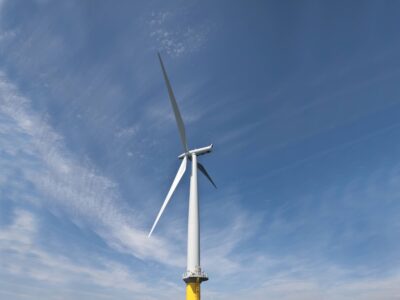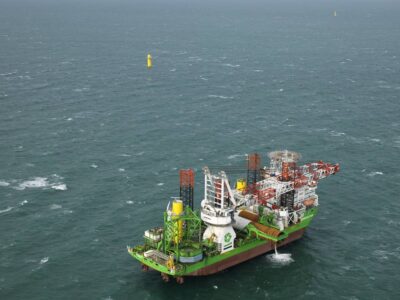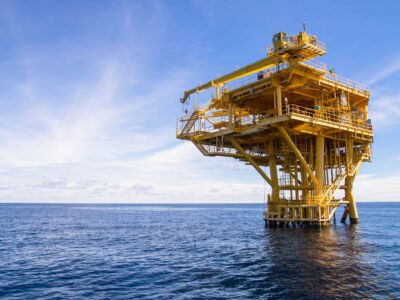Monopiles & Transition Pieces
Design engineering
We have seen significant innovations in recent years. Technologies such as slip-joint connections and narrow-gap welding can contribute to making offshore wind energy more sustainable and have the potential to make the industry more efficient, more affordable and safer. We have seen the wind energy industry taking a step forward in design standards and regulations by developing its own offshore wind energy regulations by means of the ratification of PISA (pile soil analysis). PISA defines new design methods for large-diameter monopiles which has an impact on the production of monopiles.
Sif is actively involved in the transition process of the wind energy industry. This is reflected in our decision to acquire greater knowledge of design engineering which, in conjunction with our production expertise, ensures that Sif can fully and proactively contribute to progressive developments in this market. We believe that by providing earlier and more detailed input into our customers’ thinking in the design stage, we can more effectively contribute to further efficiency and cost reductions. We also believe that standardization of solutions to be applied at a detail level in foundation design can contribute to reducing LCOE (levelized cost of energy) targets.

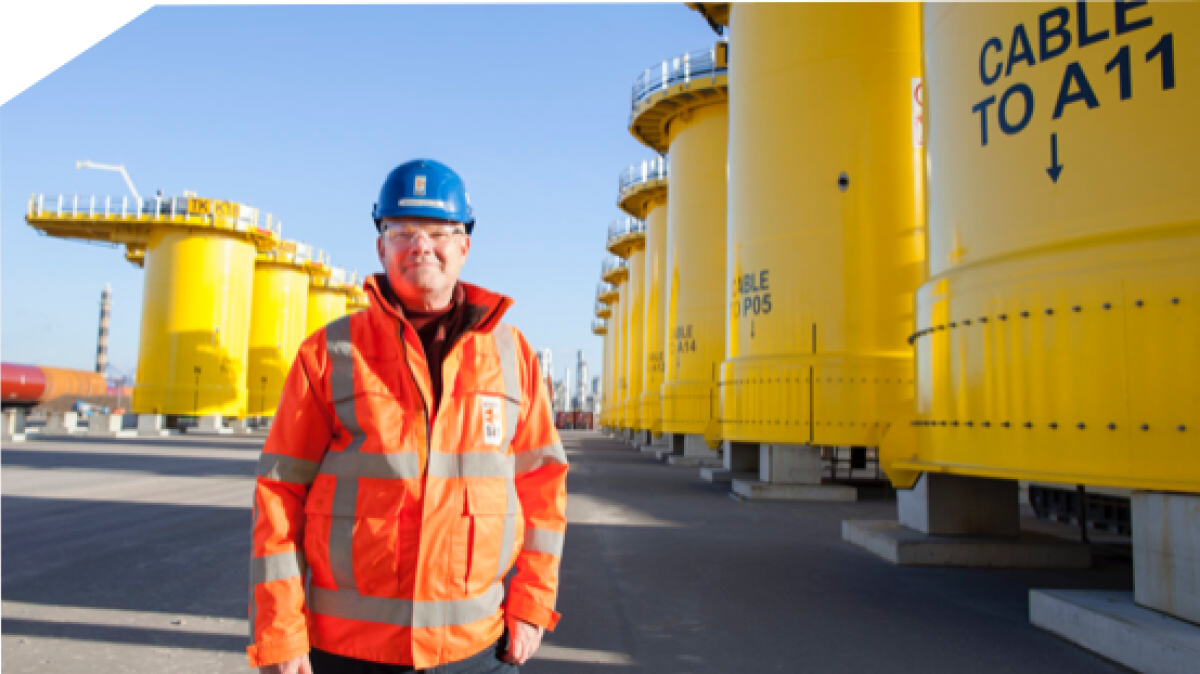
Herman Goverse, Manager Technology and Innovation
Sif has more than 2000 monopiles to its name. We understand the powerful dynamic between sea, wind, and seabed and we know the properties of our steel inside out,’ explains Herman Goverse. ‘We also know exactly how to make a monopile and a transition piece. This is expertise that can really make a difference when it comes to quality, planning, and budget. By using our practical expertise and experience in the design, we can create added value for our clients.
Fabrication
There are several types of foundations for offshore wind energy projects. The type that is used depends on a number of factors, including water depth and the soil composition of the seabed. Monopiles are the most commonly used foundations for offshore wind turbines since they offer the best value for money. They can be used in water depths of up to 50–60 metres.
However, monopiles are not yet the preferred choice for very rocky soil conditions. In such situations, jackets or gravity-based foundations are good alternatives. Suction buckets and floating foundations are being used on an experimental basis. Our technical know-how enables us to efficiently and effectively communicate with our technical clients.
It is our knowledge of welding high-quality, high-strength steel alloys for harsh and cold environments requiring high Charpy values that sets Sif apart and underpins our track record. Despite the increasing time constraints, we never compromise and always deliver only the highest quality.
Sif services:
- Sif’s own welding machines design.
- Multiwire multihead SAW processes, optimized underhand positions: ‘one machine-operator replacing more than a 100 hand-welders’.
- Optimizations in weld preparation (semi-narrow-gap, start–stop blocks).
- In-house qualification of all welders.
- Large number of roller beds for welding automation.
- Long-lasting craftsmanship in rolling.
- Highest rollable wall thicknesses by cold rolling (5,000 tonnes rolling machine).
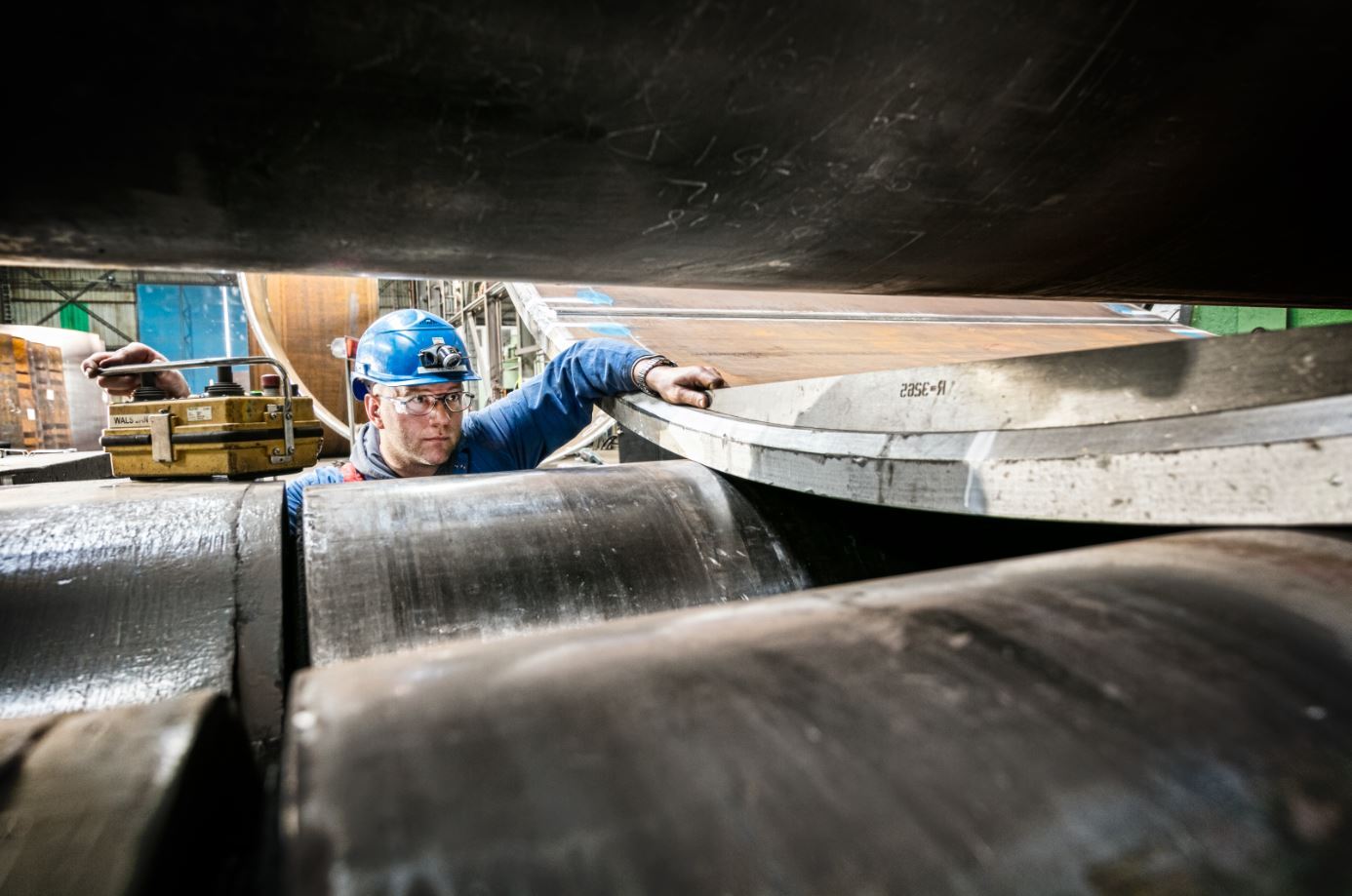
Monopiles
Compared to other options, monopile foundations are popular due to their low manufacturing costs, low transport and installation costs, and low risk profile due to their flawless track record. More than 80% of the wind turbines currently installed in the North Sea are based on monopile foundations.
Sif has over 20 years of experience in the manufacturing of monopiles. Sif has constantly invested in manufacturing capabilities in order to follow the technical developments in the monopile foundations industry. In fact, Sif is regularly one step ahead of the market, creating new possibilities for the use of monopiles as the preferred foundations solutions for future projects.
The above has led to the following range of services and capabilities that Sif can offer in relation to monopile foundations:
Sif services:
- Over 73 years of experience in the industry.
- In-house engineering and knowledge.
- Procurement of flanges and heavy steel plates.
- Fabrication of the primary steel components.
- Engagement of the secondary steel supplier.
- Marshalling and long-term storage at the Sif Maasvlakte 2 Marine Terminal.
- Load-out at the Sif Maasvlakte 2 Marine Terminal.
- Interface management.
Sif capabilities

What we have seen is almost unbelievable. The size of the equipment, the technology used: really impressive.
Key data Sif production site
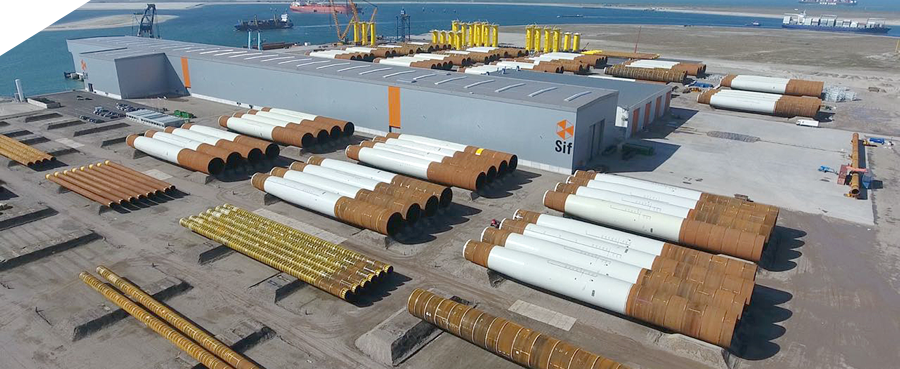

4-5
monopiles per week
10
tons/m2
300,000
tons
62
hectares
600 15.6
meters length
meter draught
Ro-ro quay
Transition pieces
The transition piece (TP) is a tubular structure made out of high-grade offshore steel. The TP is the second part of a WTG, which is directly connected to the monopile foundation and the WTG tower. The most common connection of a TP is with flanges or grout. The production process starts with rolling the steel plates; after that, the rolled steel plates are welded together. In order to weld steel plates of this size together, Sif uses highly automated welding systems.
As the general foundation contractor, Sif provides the primary steel components for the TP. For the secondary steel package, coating and final completion of the TP structure, Sif has excellent corporations with industry-respected partners and subcontractors.
Sif services:
- Over 73 years of experience in the industry.
- In-house engineering and knowledge.
- Procurement of flanges and heavy steel plates.
- Fabrication of the primary steel components.
- Procurement of the secondary steel supplier.
- Marshalling and long-term storage at the Sif Maasvlakte 2 Marine Terminal.
- Load-out at the Sif Maasvlakte 2 Marine Terminal.
- Interface management.
Sif capabilities transition pieces:
Corrosion Protection
We have learned that requirements for preserving monopiles are becoming substantially more stringent. Higher-quality, more complex coating systems and larger surfaces that have to be coated both inside and outside have become the standard. Sif built two additional coating halls in 2019 to meet the increased demands for coating quality and the extended surface area for the protection of monopiles when installed at sea. We now have six coating halls at our Maasvlakte 2 facility.
Foundations at sea are exposed to a very aggressive environment. This environment is classified according to ISO 12944-2 as the CX zone (offshore class). This means that we need to take a number of corrosion protection measures to achieve the minimum service life of 25 years or more.
These include metal coatings (TSZA, thermally sprayed zinc aluminium) and very strong organic two-component coatings (epoxy). Both systems act as a barrier against water and oxygen to impede rust formation.
There’s an incredible number of different coating systems, and every system has its advantages and disadvantages. That’s why we usually use a combination. Some parts are done manually (the hard-to-reach parts), and other parts are done automatically; some parts have epoxy applied (multiple coating layers), and the most fragile parts are coated with aluminium or zinc (metallizing).


